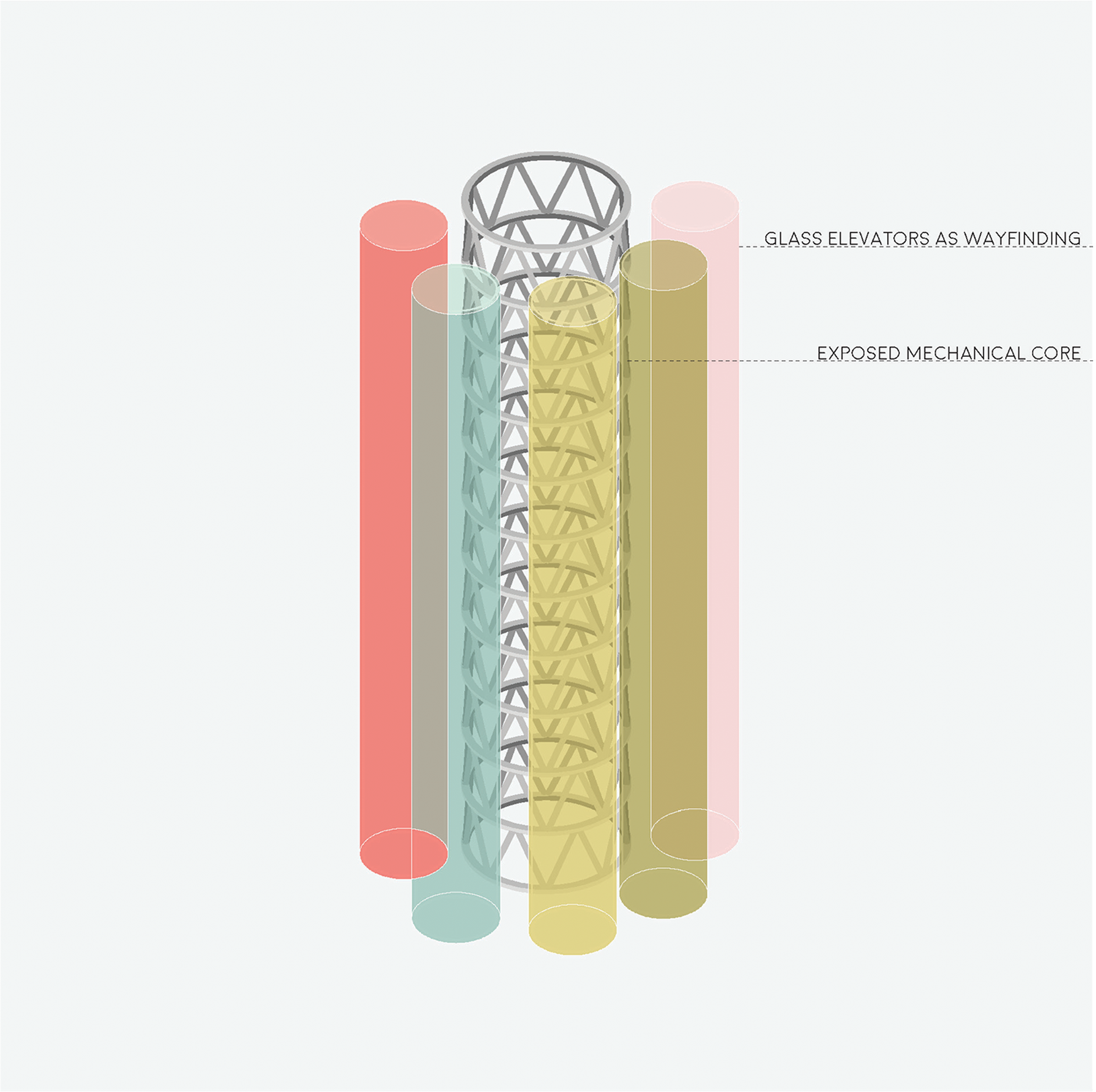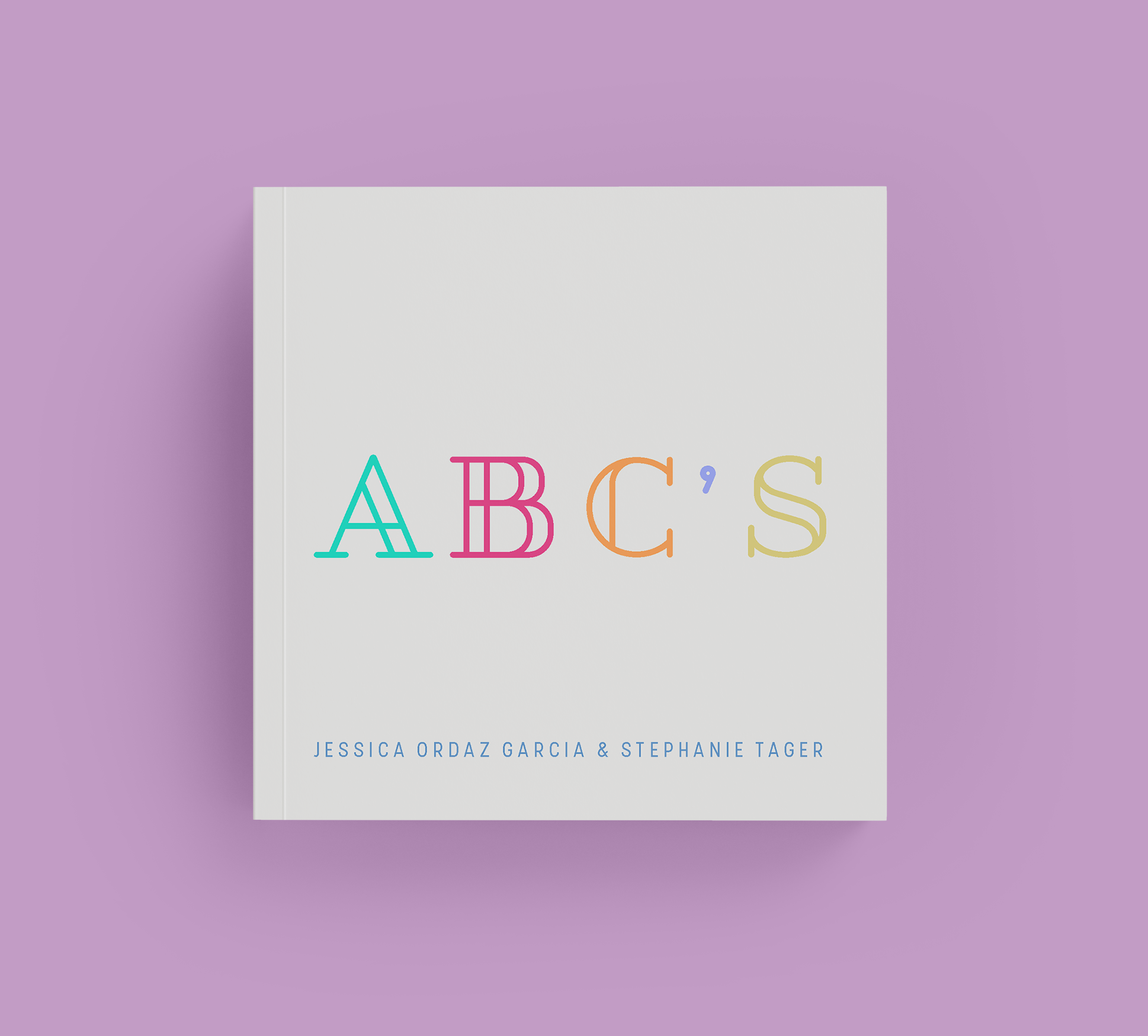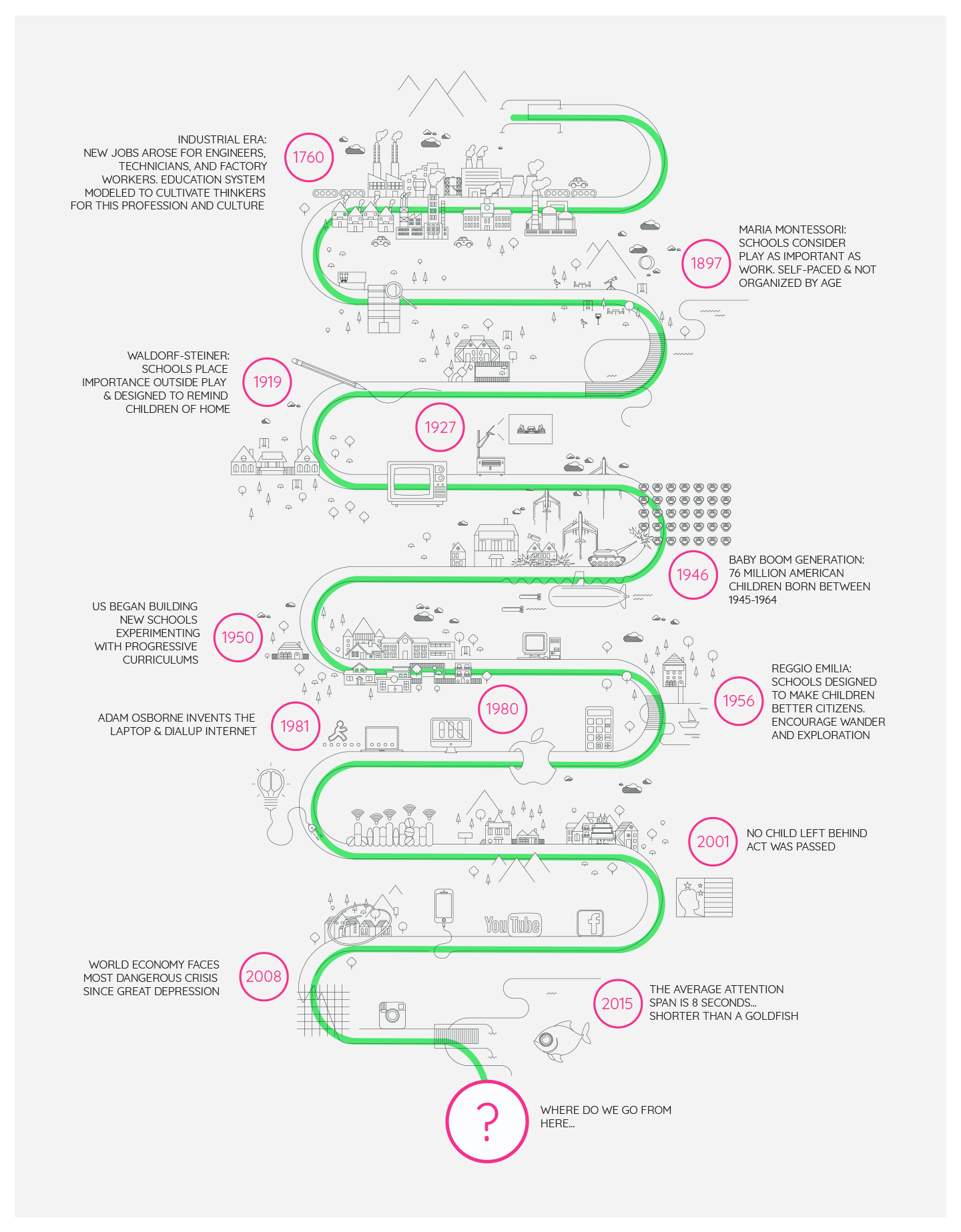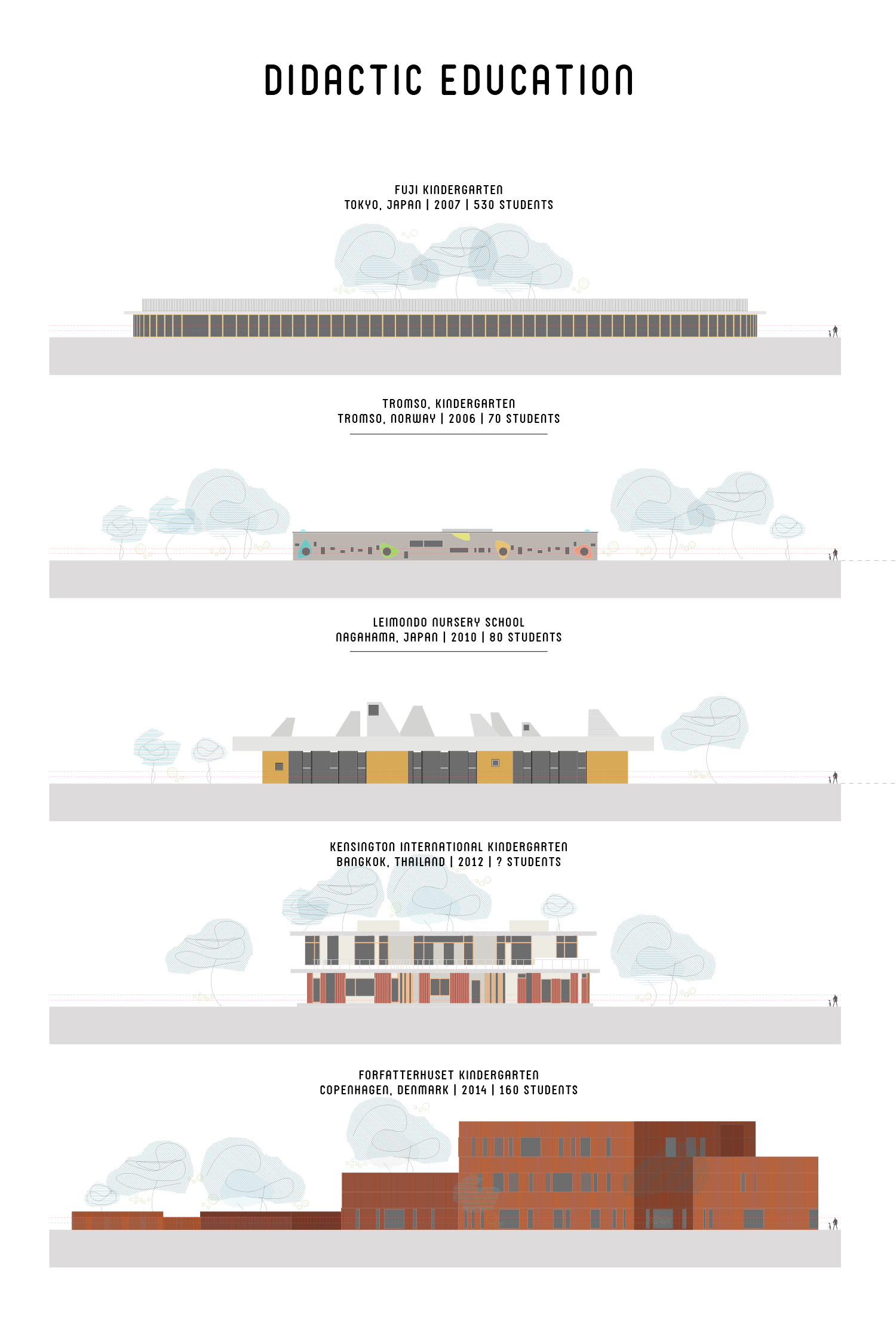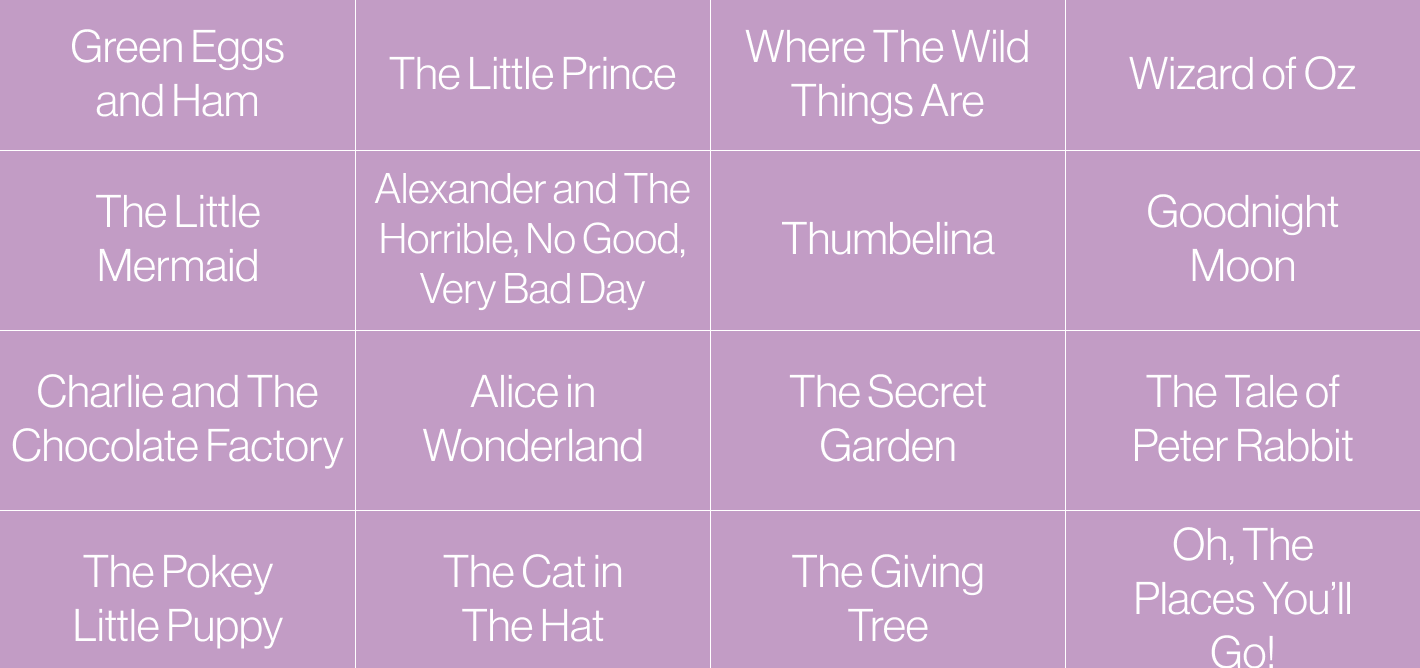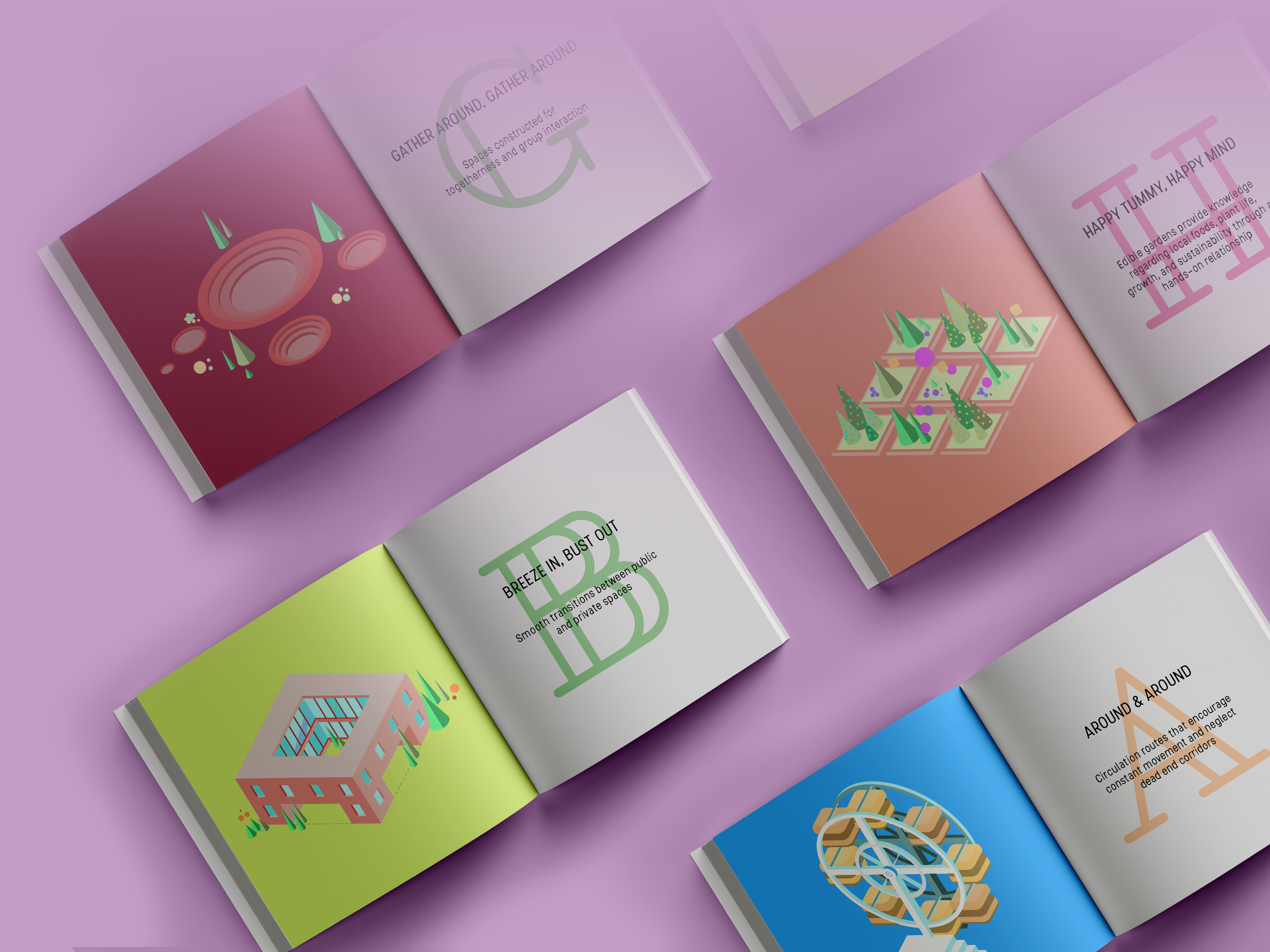ABC’S
Research and concept design of the spatial qualities extracted from children’s books in order to propose a new approach to learning environments.
*In partnership with Stephanie Tager *Winner of Best Thesis, BArch, Syracuse University *Featured in SuperArchitects Publication
Role: UX Designer & Researcher Tools: Figma, Illustrator, Photoshop, AutoCad, Rhino
We started our research plan by looking back at the history of education, see how we have arrived at where we are today
We looked at invention, events, political and social changes that have come to affect the way we learn. And noticing that though we live in a completely different world the infrastructure, specially that of US public school systems has not changed since the industrial revolution.
Trip Through the History of Education
hover and drag to zoom around image
We studied 70 existing schools.
Public schools in the US (factory schools) and compared them against schools in countries that have a more well-rounded education system (didactic schools).
The way countries like Neatherlands and Japan approach education, incorporate colorful elements throughout their curriculum and spaces. They create a place where kids and teachers can thrive and want to be in. What are these characteristics that make such a difference?
Didactic vs Factory Schools
VS
We all have our favorite children’s book and there’s always a moral to the story, a teaching moment, but…
What if we looked beyond the words, read between the lines and studied what the spaces of these wonderlands can teach us?
Problem Statement
From the extensive study of existing schools, we derived a catalog of spatial qualities in those more successful, well-balances environments. This, helping explain why and what core solutions can assist in creating a place that promotes learning healthily.
Spatial Qualities

Connections between spaces

Edible Gardens
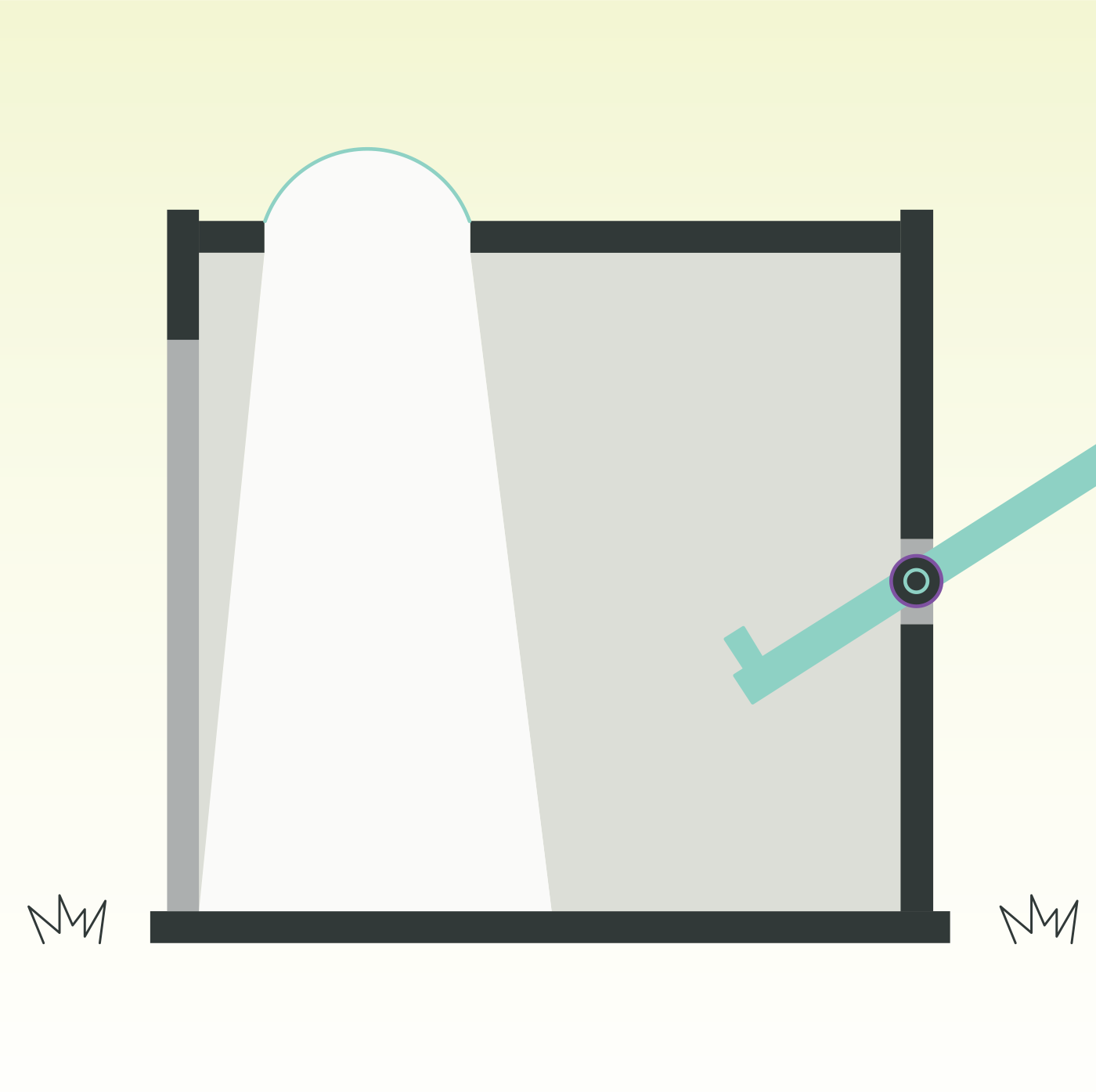
Dynamic Elements
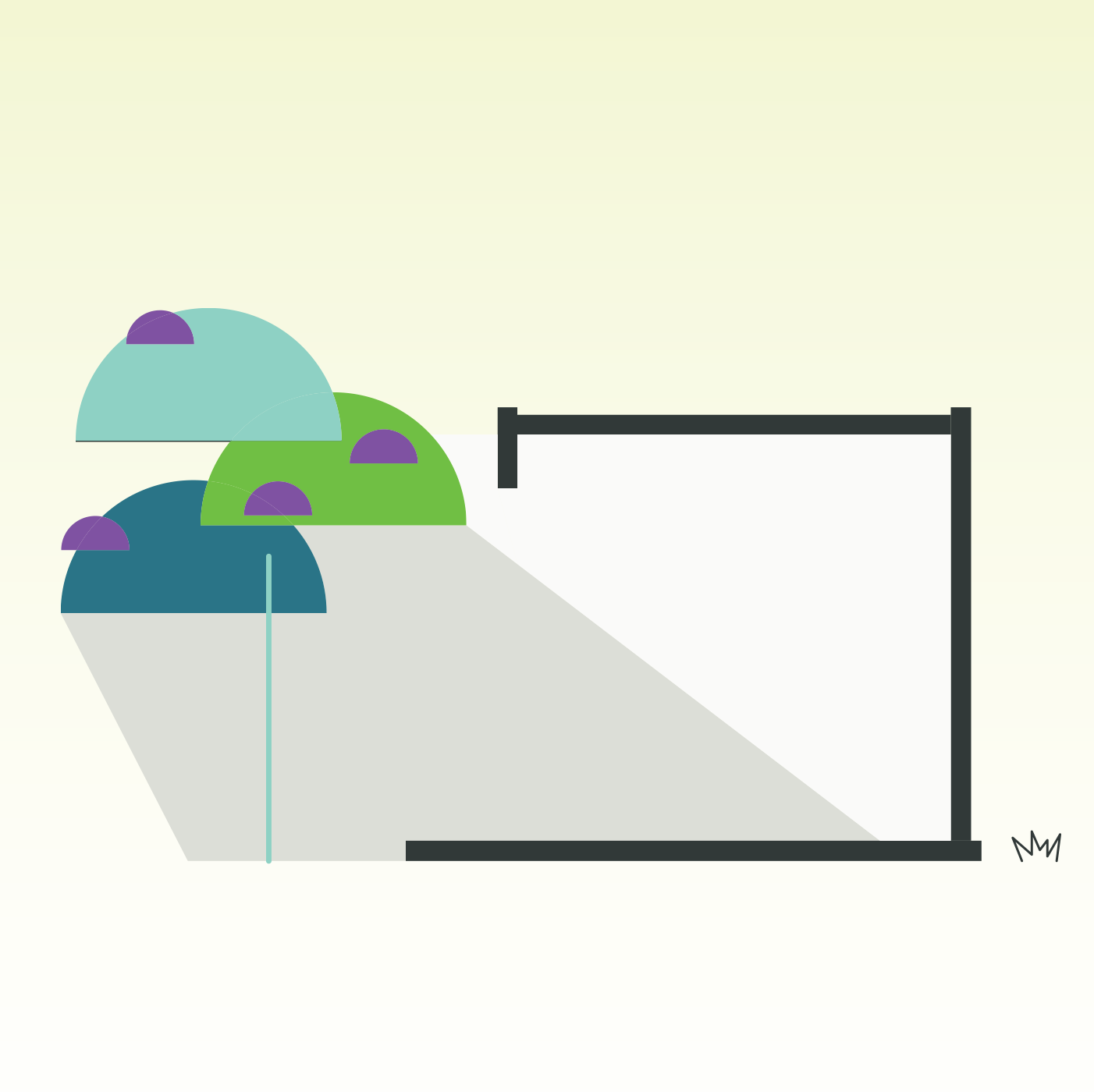
Natural Shading
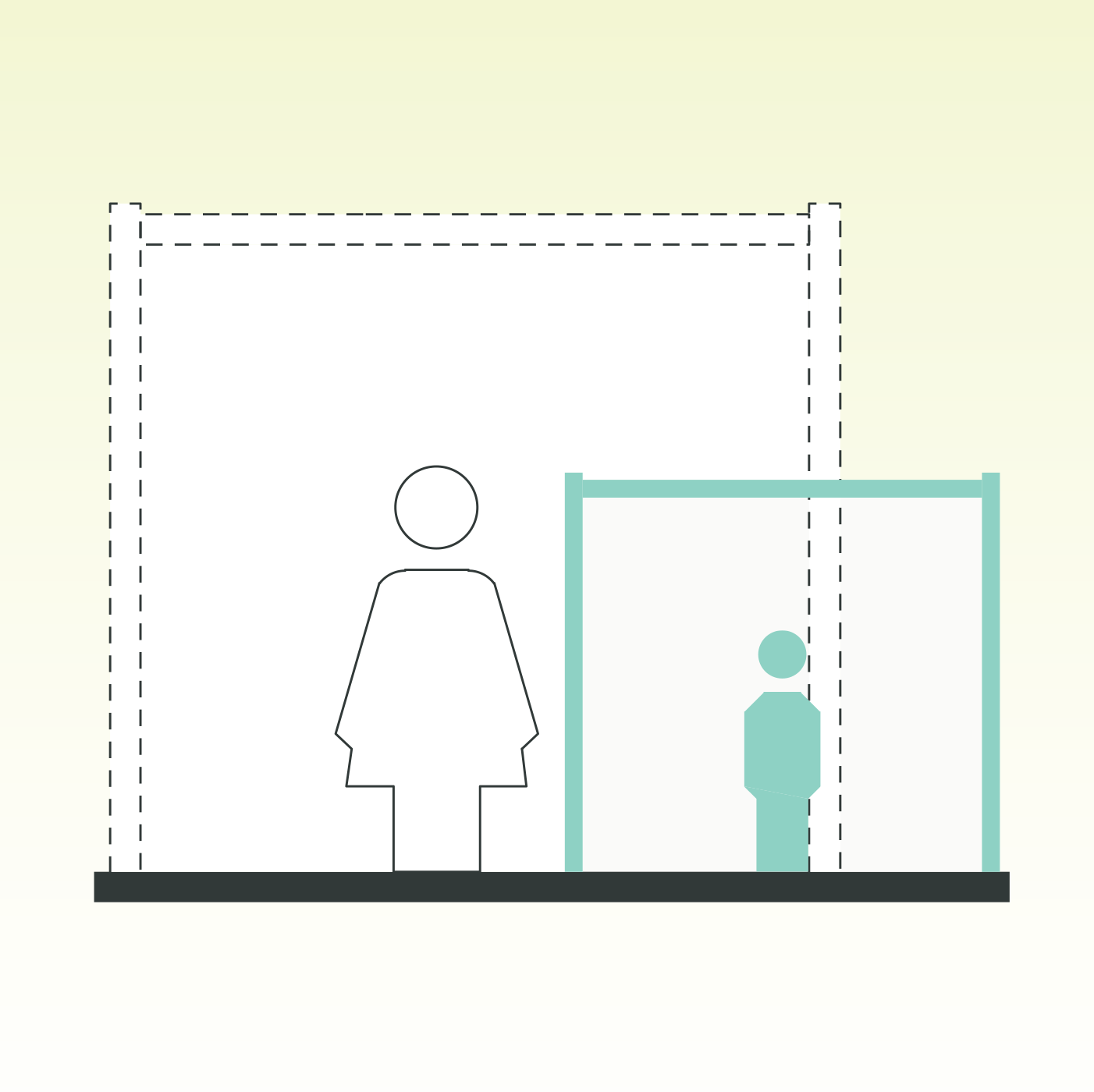
Kid Sized Scales

Rainwater Collection

Natural Light

Flexible Furniture
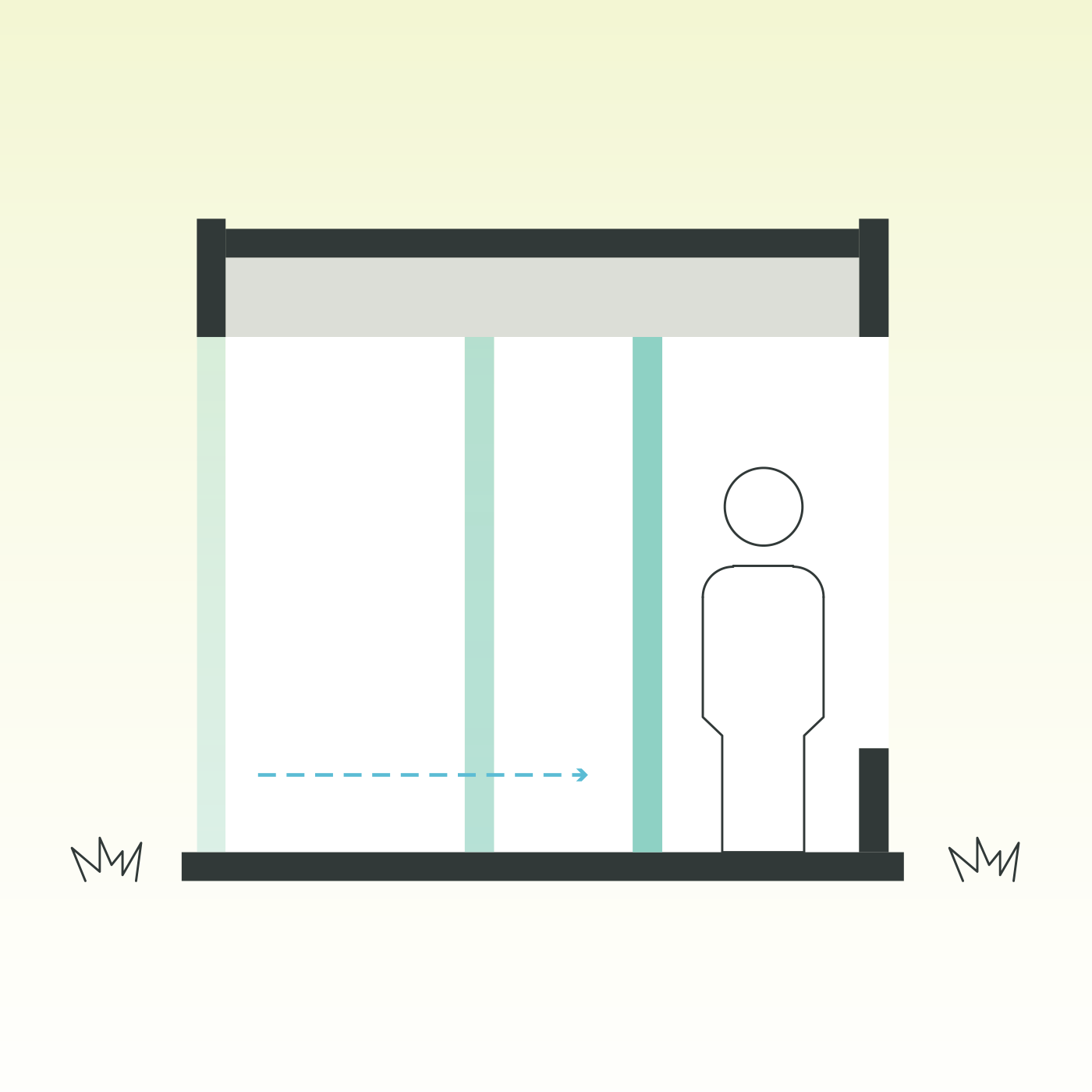
Adaptable Rooms
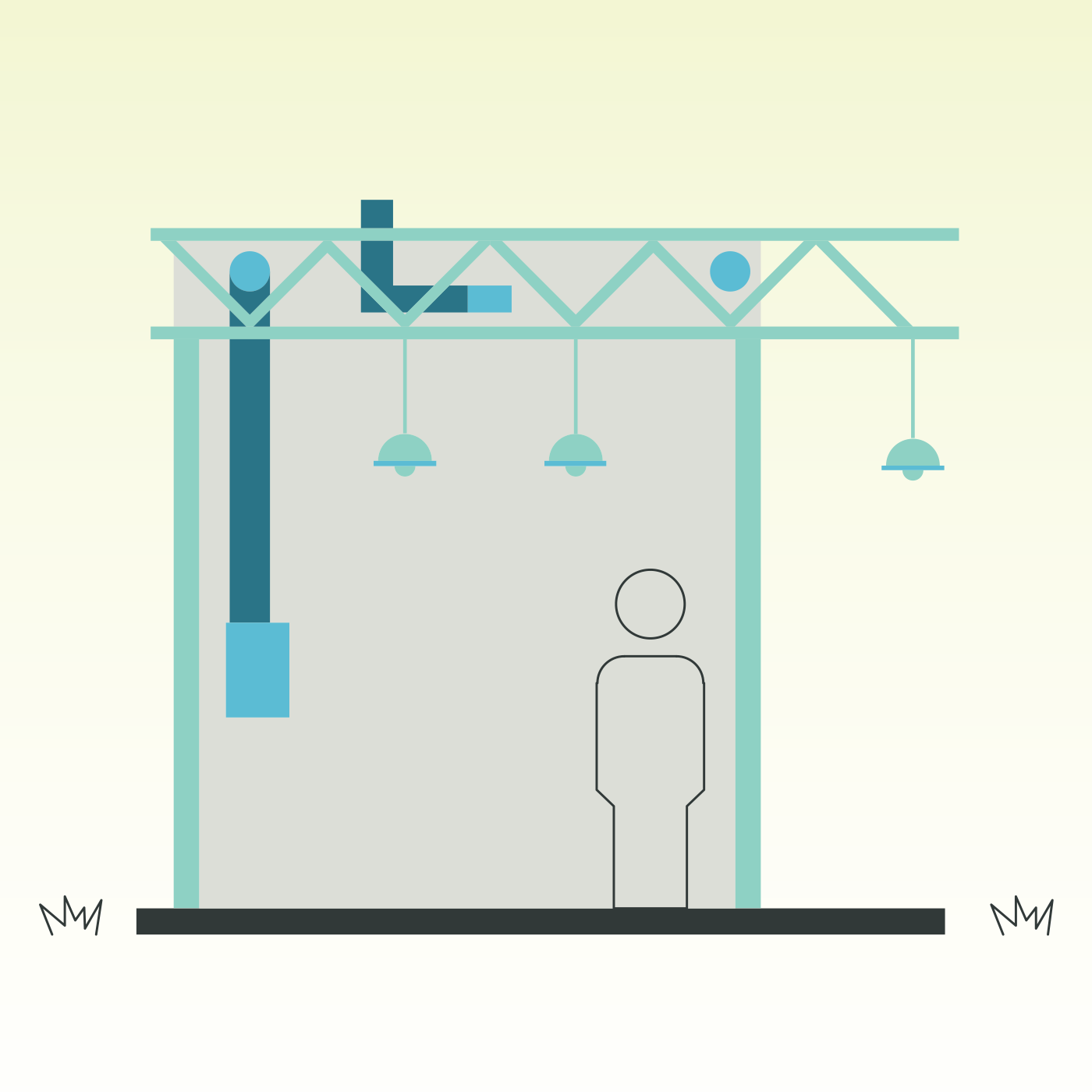
Exposed Structure
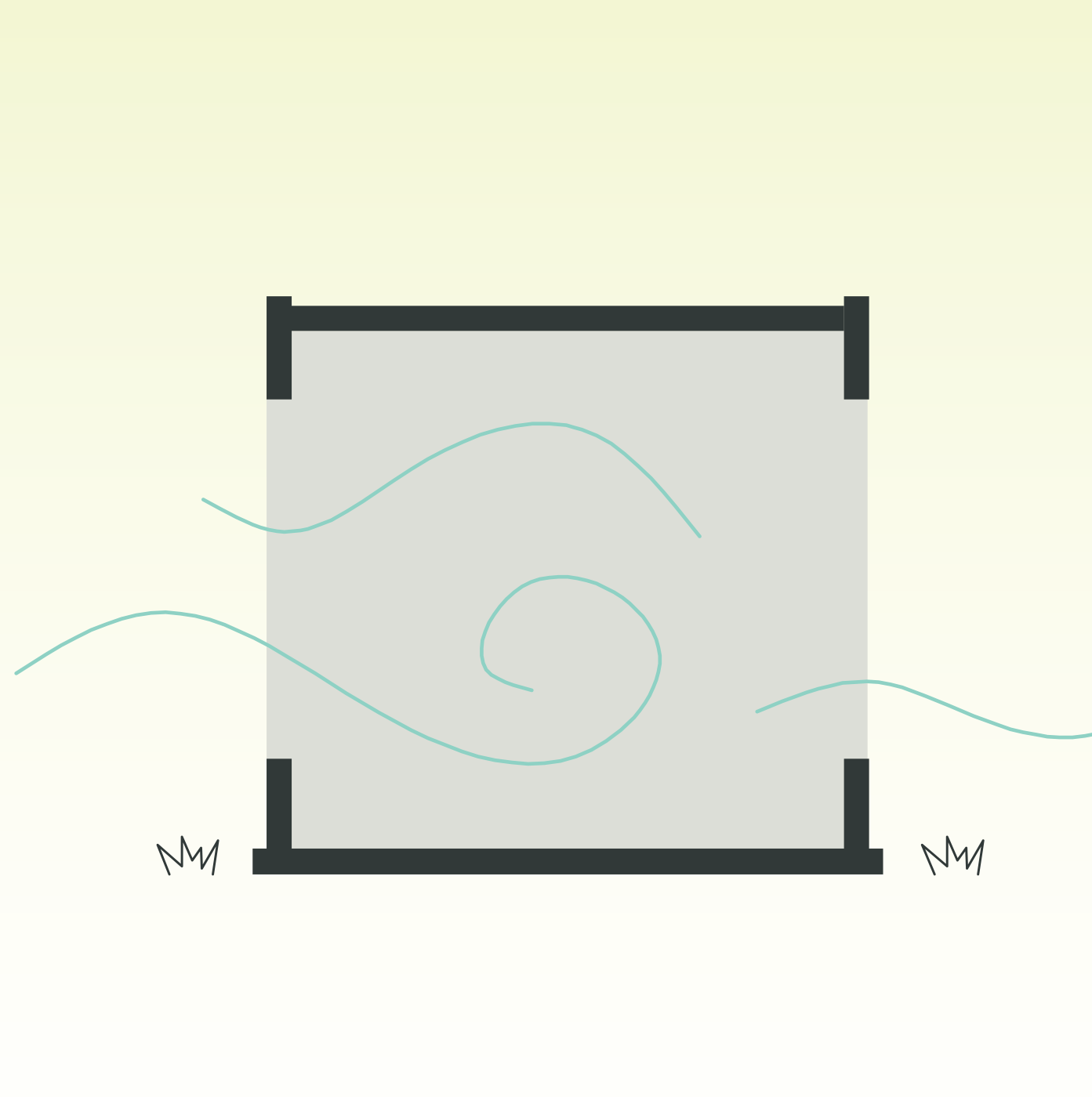
Natural Ventilation
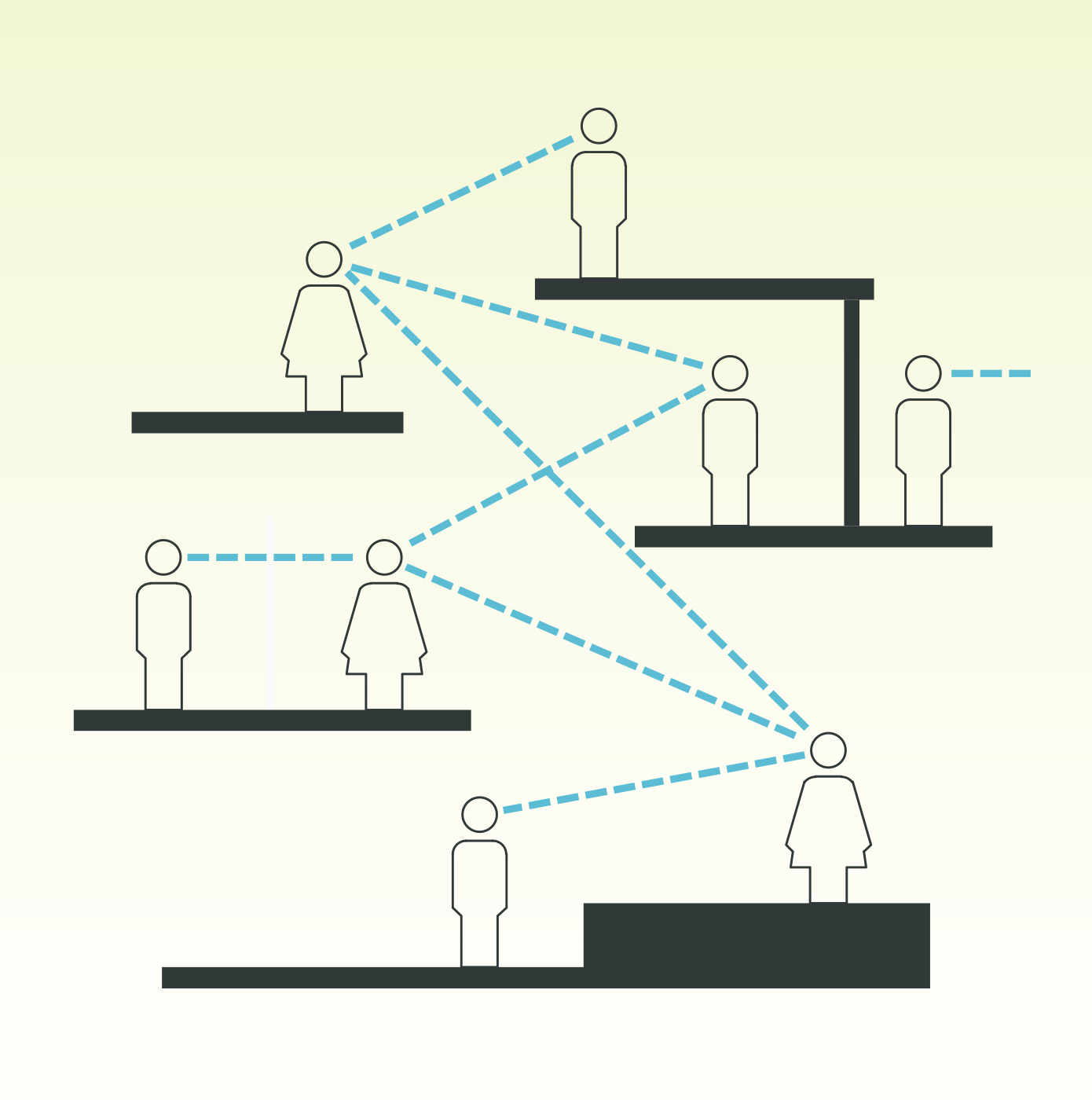
Visual Relationships
We not only learn in our traditional learning environments, but from each other, experiences and also books.
Tapping into children’s books, we wanted to understand the spaces narrated by the stories and see what we could learn from it. Go beyond the words and see what the worlds can teach us. Could it be similar to existing didactic schools?
The Worlds of Your Favorite Stories
We studied 16 of the best selling children’s books of all time:
hover and drag to zoom around image
We dove deeper and mapped out Alice in Wonderland, Where the Wild Things Are and Oh, The Places You Will Go. We cut a section through the narrative and drew the timeline of each land as described by the stories. Through this we came to see so many of the spatial qualities found in the didactic more playful schools within the magical worlds of these children’s books.
A Closer Look



Similar to how most of us begin with our ABC’s and 123’s. We implemented what we’ve learnt from existing schools, stories, successful and not to create our own ABC’s. They served as our guidelines to making a new kind of learning environment. The ingredients to a our new recipe, which we called Wonderland.
Practice Your ABC’s
Scroll and wonder as you read your ABC’s
We took our ABC’s, mixed and matched them to create an attempt at redefining not only the spaces where we learn but perhaps how.
For example, say you are going to a music & math lesson. you’ll know take the funnel tunnel up, and as you go up you seeing all the structure, wires, bolts and subconsciously learning about the mechanics and physics of it all.
Welcome to Wonderland
hover and drag to zoom around image
This then leads you to your music class in the shroom room. An anechoic chamber from where sound pipes extend from throughout the building allowing music to be shared to everyone from the very students who are playing it
Finally you go to math class at the floor is lava room. Here none of the furniture touches the ground, it is suspended from sliding ceiling structures with geometric shaped tables that can be changed, adapted, and used as examples to assist in whatever needs to be taught on a specific day.
These are some of the rooms you can step into at Wonderland. Each re-thinking how we can learn about math, music, mental health and more. Using, color, experience design, to cater to each user that could be weaving through the halls or the funnel tunnel to experience something new.
Wonderland’s Rooms
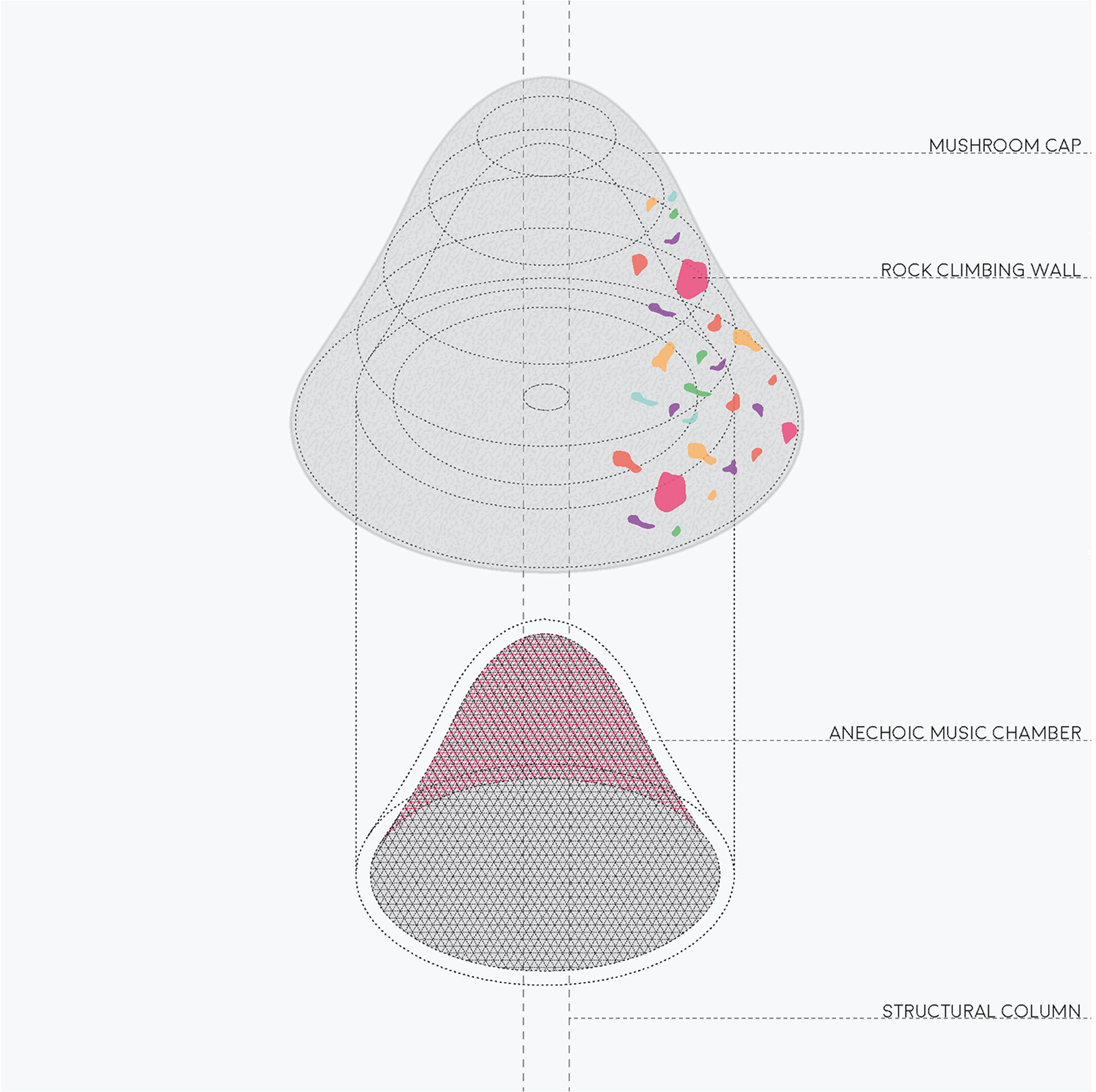
SHHHROOM ROOM
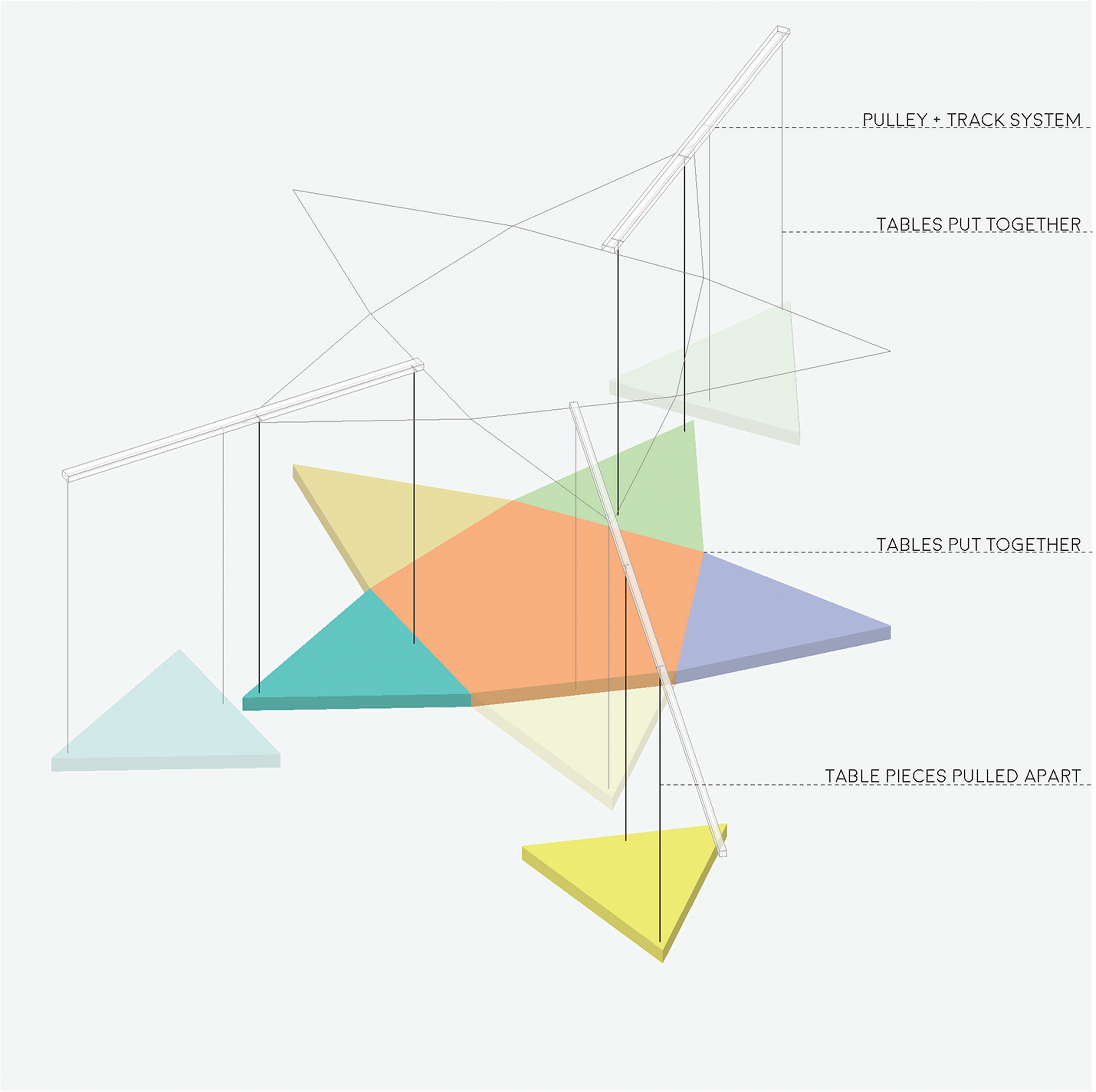
THE FLOOR IS LAVA
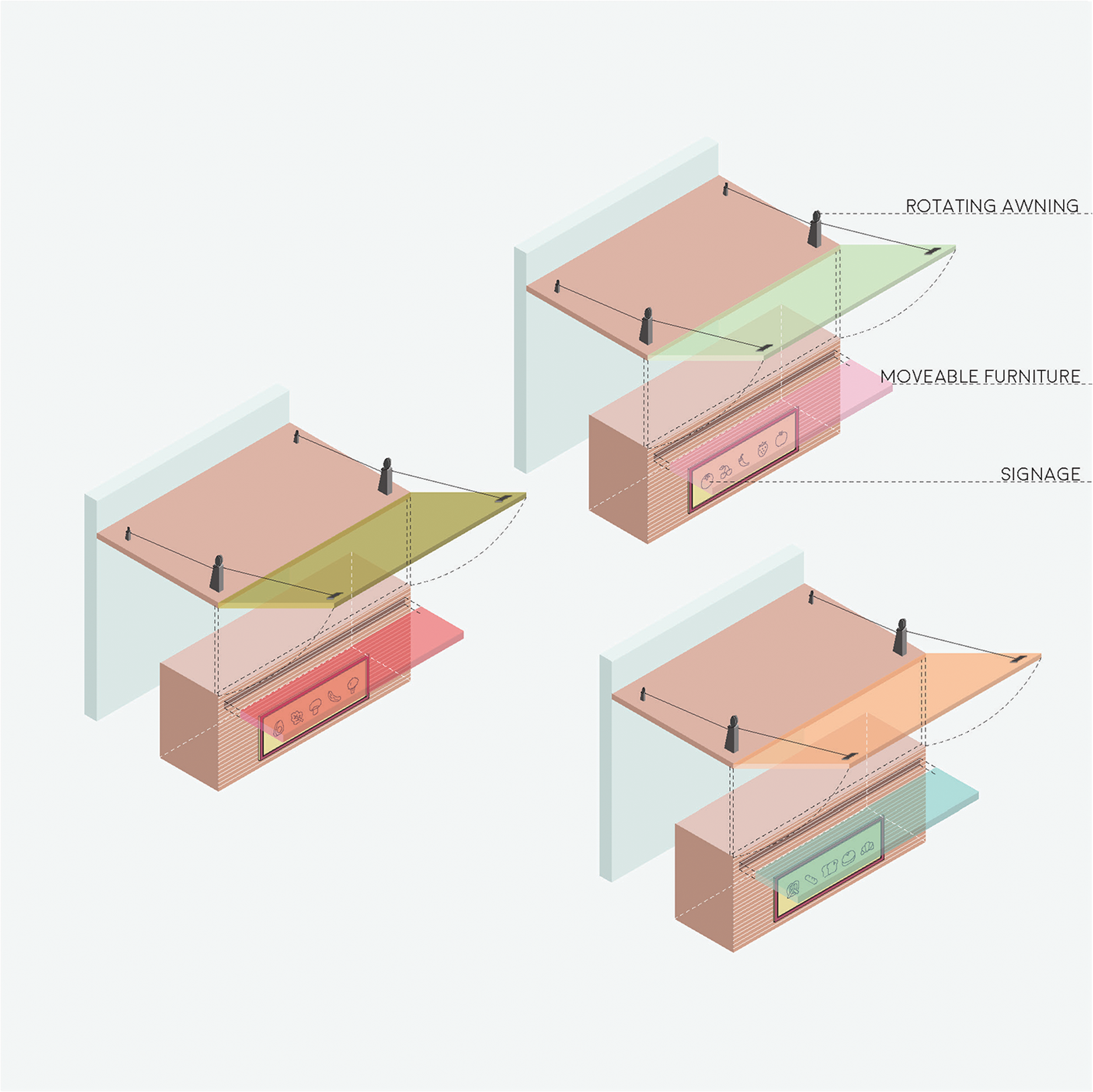
FUEL STATION

TUNE IN!
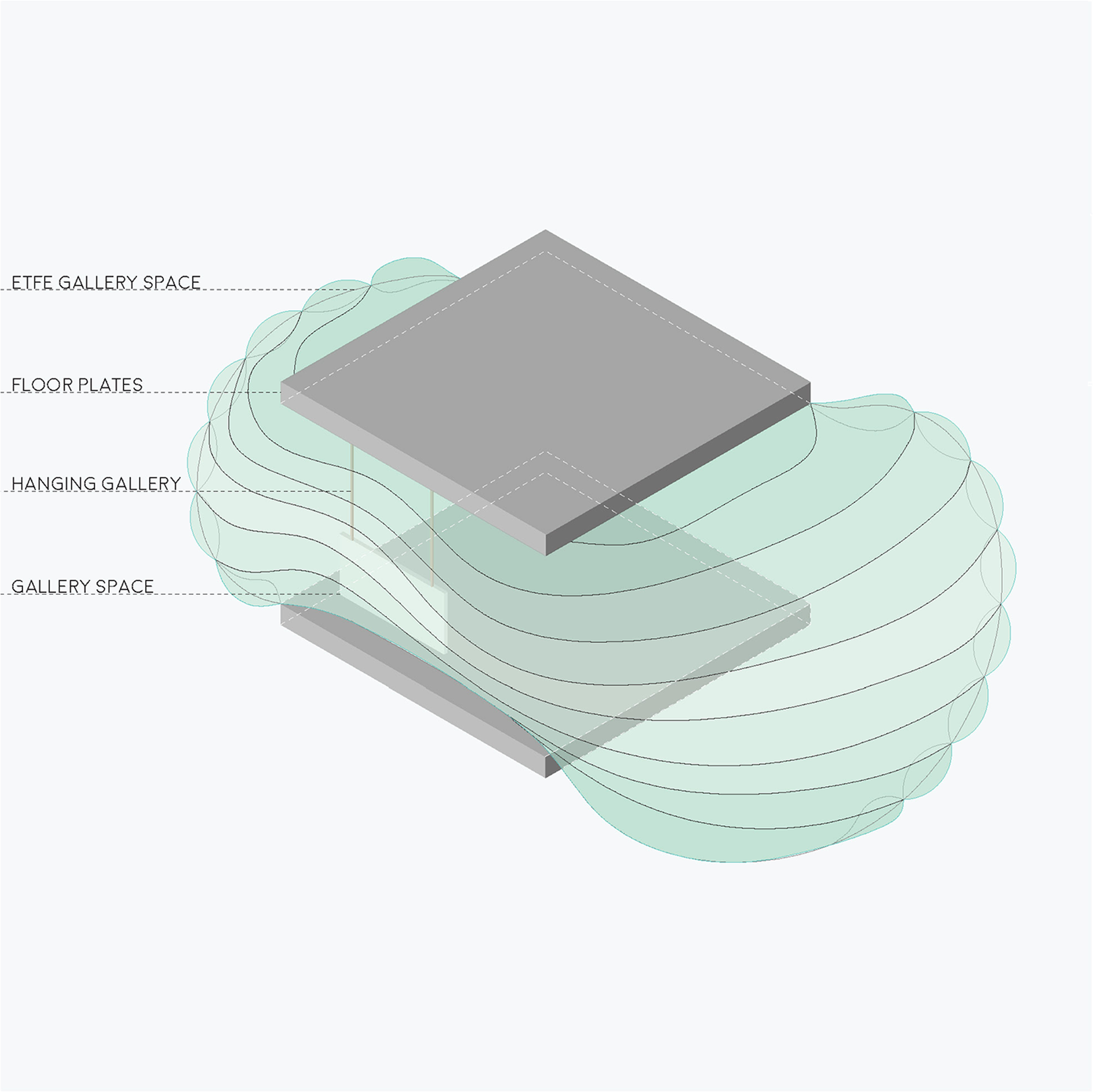
UNTIL IT POPS
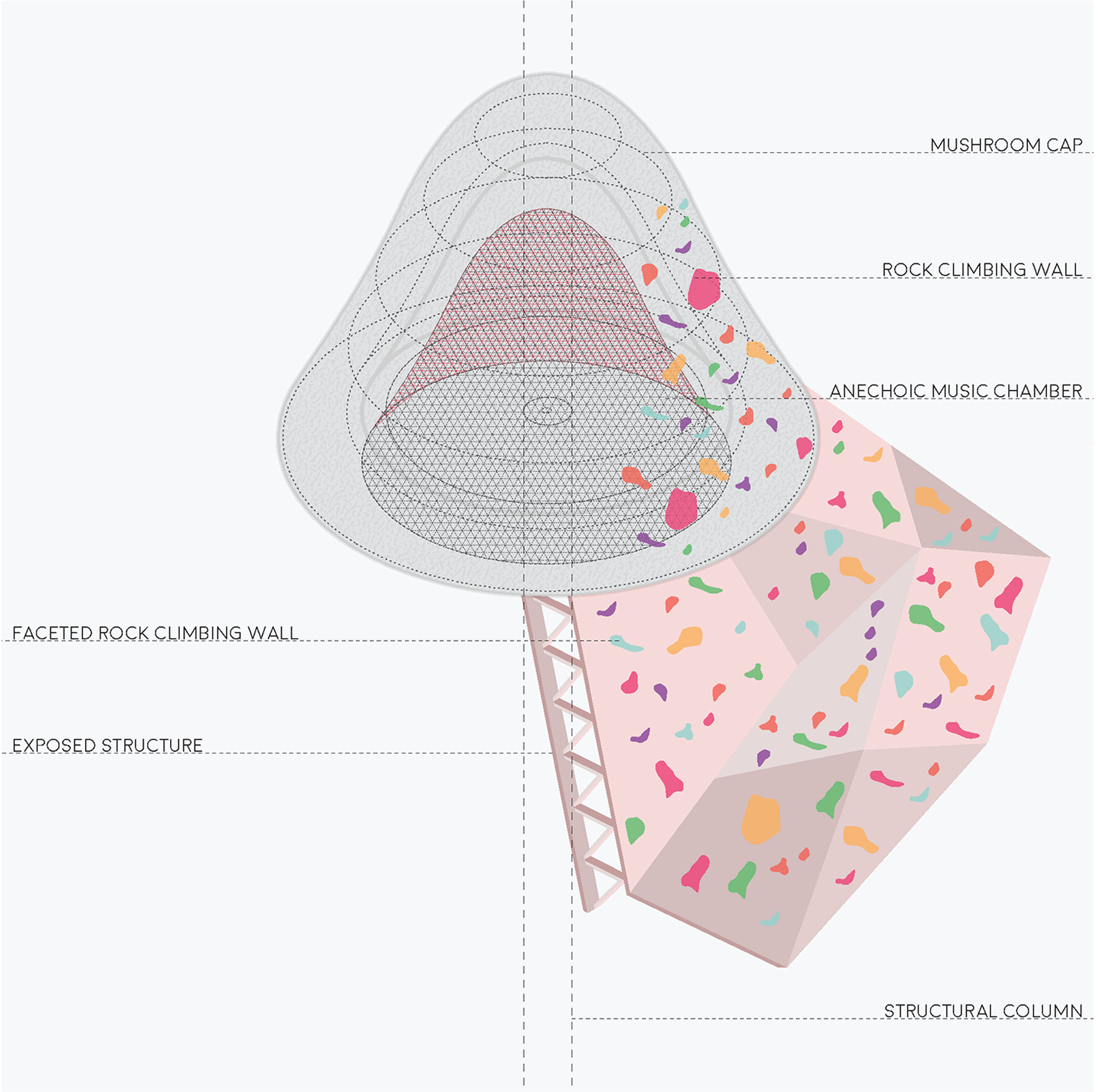
HANG ON!

THROUGH THE LOOKING GREEN GLASS

HAPPY TUMMY, HAPPY MIND

WHEN LIFE GIVES YOU TIRES

5, 6, 7, 8!
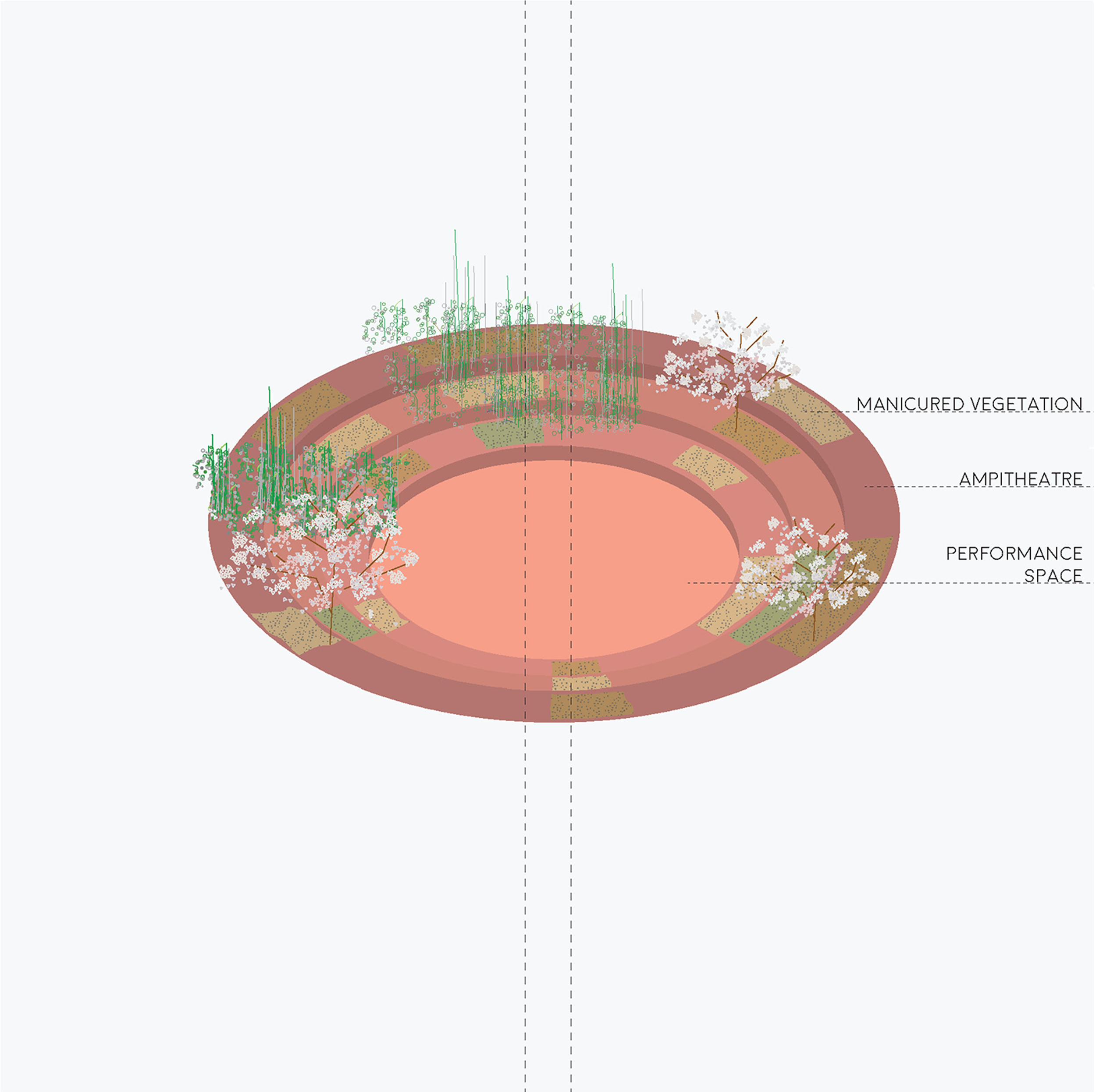
STEP IN THE PUDDLE
